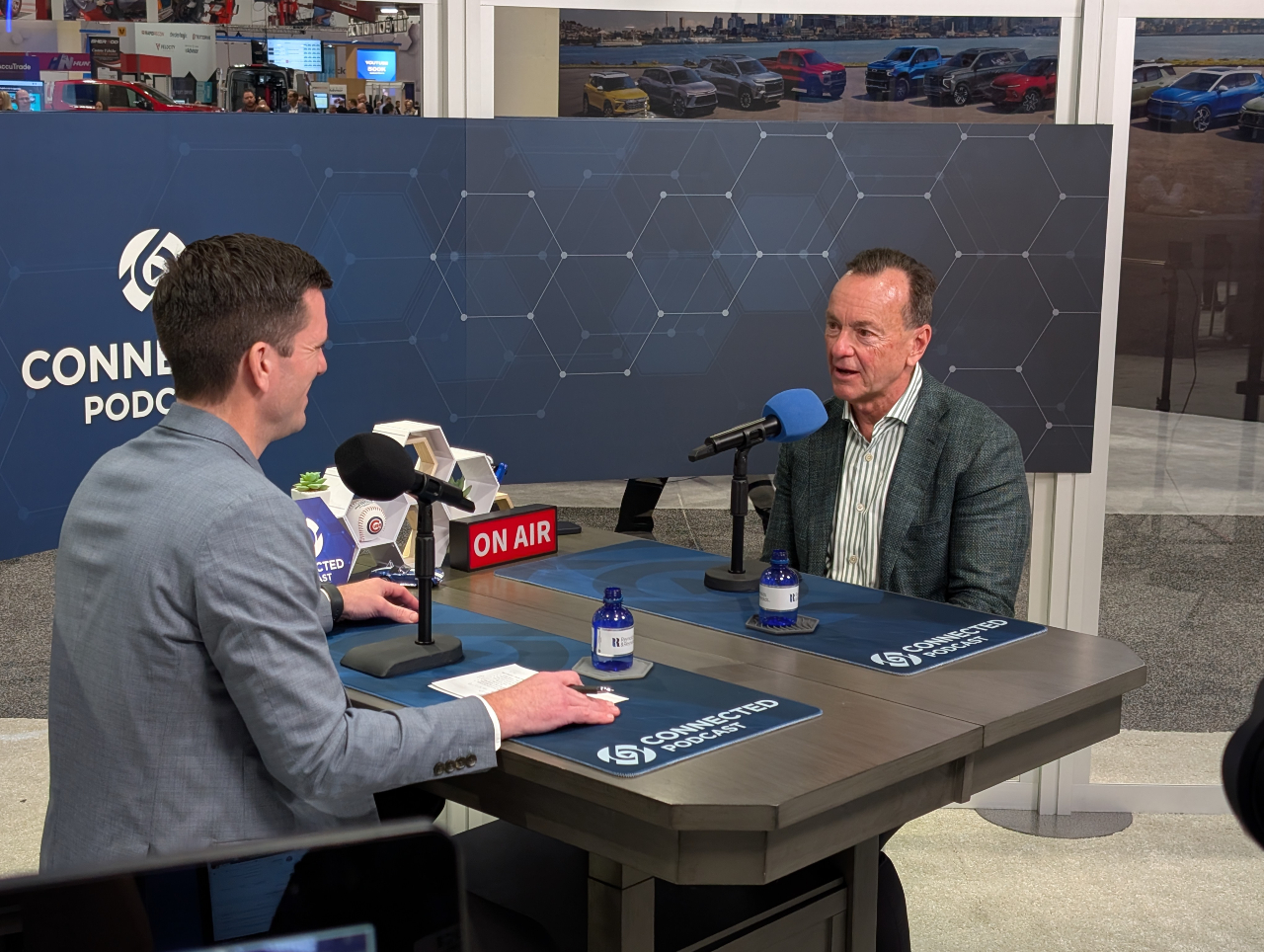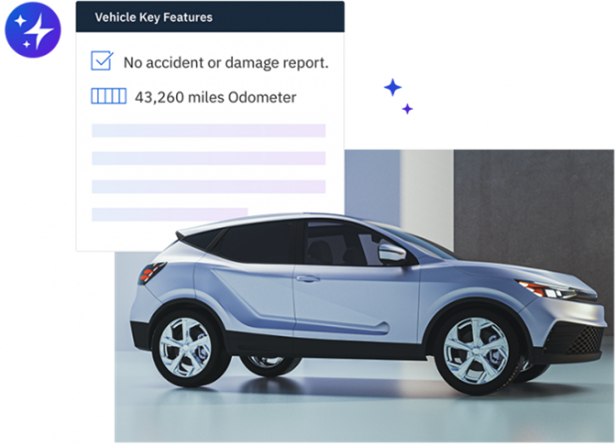The Power of Predictive Analytics

Article Highlights:
- Prominent companies using predictive analytics to gain market share.
- How leveraging your own data helps increase customer value.
What is predictive analytics? Simply put, it’s the use of data to identify the likelihood of future outcomes based on historical data.
I like to think of it as being proactive rather than reactive – being able to plan for something before it actually happens.
Predictive analytics leverages a customer’s profile, considering their transactional, behavioral, and demographic characteristics, to predict the likelihood of various scenarios. It analyzes age, gender, marital status, income, housing type, occupation, and so much more to qualify an ideal prospect and their likelihood of buying.
Why should you care? If you want to be one step ahead, predictive analytics is your number one ally when selling more vehicles. Predictive analytics allows you to identify a customer’s needs before the customer even recognizes that need.
Automotive retailing isn’t the only industry taking note of predictive analytics. Big-name companies across the board are using it to their benefit every day:
Target
Target assigns each customer a guest ID number so they can track information such as name, used credit cards, email address, purchase history, email advertisement activity, and online shopping habits. Based on buying patterns, Target can determine what is most relevant for a specific customer.
Case Example: Target analyzes buying patterns associated with baby registries. They are able to identify 25 products to help predict the likelihood of pregnancy and an associated due date. For example, vitamins such as calcium, magnesium, or zinc are associated with the first trimester and unscented lotion is associated with the second trimester. When cocoa butter lotion and a blue rug are purchased, she is likely having a boy.[1]
With this predictive data, Target sends coupons to mothers-to-be for products before she even knows she needs them, allowing Target to capture more value from customers by creating brand loyalty.
Spotify
Spotify, the largest on-demand music service in the world with more than 100 million users, is a data-driven company. As they continue to grow, Spotify acquires data points that help train their algorithms and machines to listen to music and conclude on insights that impact its business and listeners’ experiences.
Case Example: In its first year, the Discover Weekly playlist feature reached 40 million people. But it’s not your average playlist. Each user gets a personalized playlist every week from Spotify of music they have not heard before on the service, but is considered something the listener will enjoy. Spotify analyzes listening history and combines it with what’s hot and new to deliver a modern-day version of a personalized mix tape.[2]
It doesn’t stop there. Based on listening history, favorites, and location, Spotify sends concert ticket information to users’ email addresses. If it’s a beloved artist and in close proximity, this hand-delivered ticket information is tempting for users. And for Spotify… their brand loyalty just keeps growing.
Amazon
Amazon is a leader in data collection, storing, processing, and analyzing. With predictive analytics, they can determine how customers are spending their money to help increase customer satisfaction and loyalty.
Case Example: Amazon analyzes items you’ve purchased recently, items in your online shopping cart or wish list, items you’ve reviewed or rated, and items you search for the most. Based on this information, Amazon can recommend additional or similar products that other customers purchased when buying those same products.
For example, if you add a DVD to your online shopping cart, similar movies purchased by other customers are recommended to you. Amazon encourages you to buy on impulse to help further satisfy your shopping experience and spend more money. This method alone generates 35% of the company’s sales annually. [3]
Kroger
For a long time, Kroger, a large supermarket chain, lagged behind other retailers in the digital space. In recent years, they’ve made rapid strides. Using predictive analytics, Kroger segments shoppers and creates individualized experiences – including personalized promotions and tailored pricing – for its Plus Card members.
Case Example: The mobile application is where Kroger truly excels in data. This is where they personalize promotions and deliver value and relevancy to shoppers on an individual basis. In the first quarter of 2018, they delivered more than 6 million unique offers![4]
They track buying history, pattern, and frequency to serve up the best promotions and products most relevant to each customer. Coupled with Best Customer Bonuses, these personalized promotions resonate with shoppers, helping Kroger not only retain its best shoppers, but keep them loyal and spending more in its stores.
Your Dealership
How can your dealership be proactive with customers and increase vehicle sales, customer retention, and brand loyalty? The answer lies in leveraging predictive analytics. These big name companies are proof it works.
[1] Digital Initiative
[2] Tech Crunch
[3] Investopedia
[4] Grocery Dive
Related Articles:

The Future of Variable Ops with Experts at NADA 2025
Explore how AI is transforming variable operations in automotive retailing with insights from NADA 2025. Learn about efficiency, profitability, and fraud prevention from industry leaders.

Decision made regarding the Vehicle Shopping Rule – now what?
Check out five key takeaways from the Vehicle Shopping Rule to keep your dealership safe from FTC enforcement actions.

3 Ways AI Can Elevate Your Dealership’s Online Inventory
On average, Americans are exposed to between 4,000 and 10,000 advertisements every day. From commercials on TV to billboards on your way to work, all…

The Pizza Playbook – What Ordering Pizza Teaches Us About F&I
For as long as I can remember, my family had “pizza night” every week. Without fail, every Friday evening we’d all gather around the computer…















